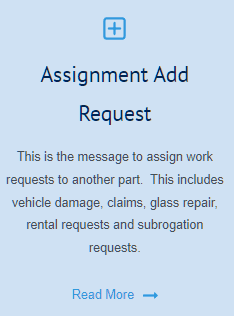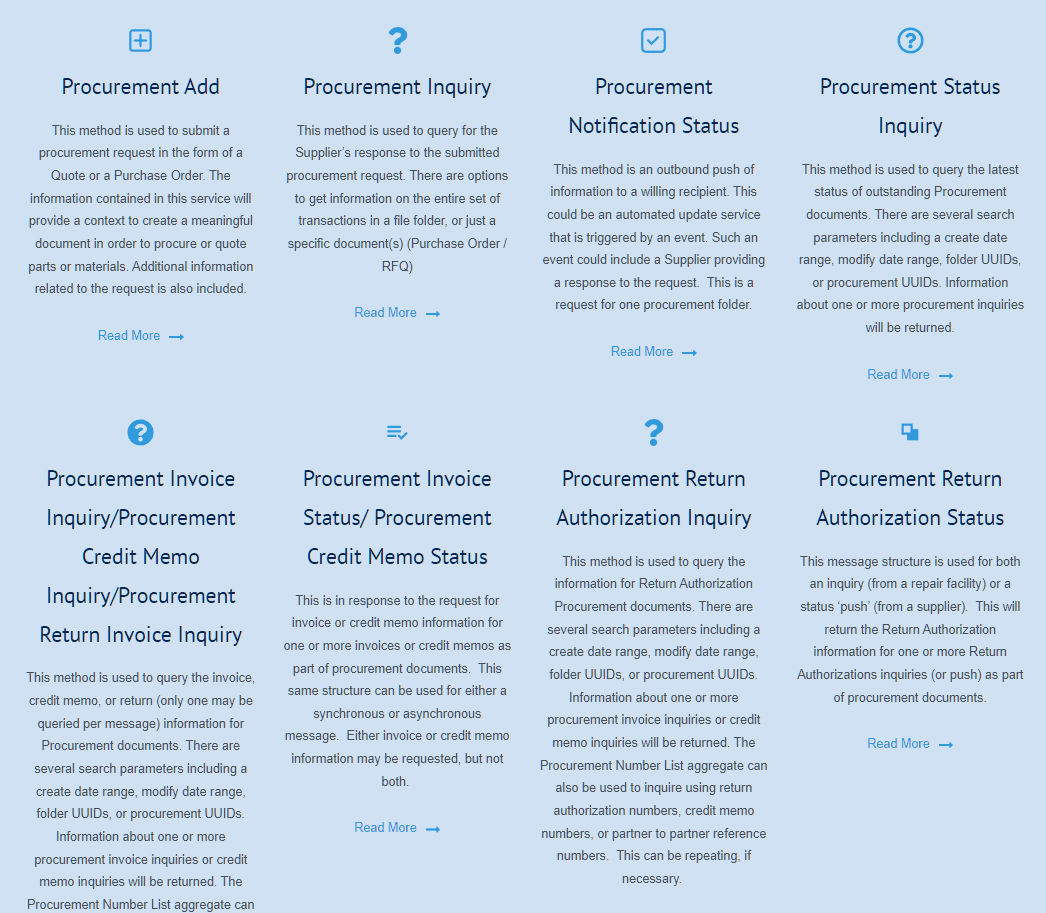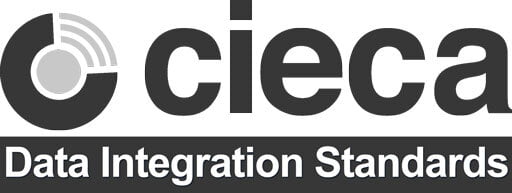CIECA 103
Anatomy of a Service
All CIECA Standards are organized into Services that support industry workflows. In this module we will take a look at how a Service is organized and the components that make up a service.
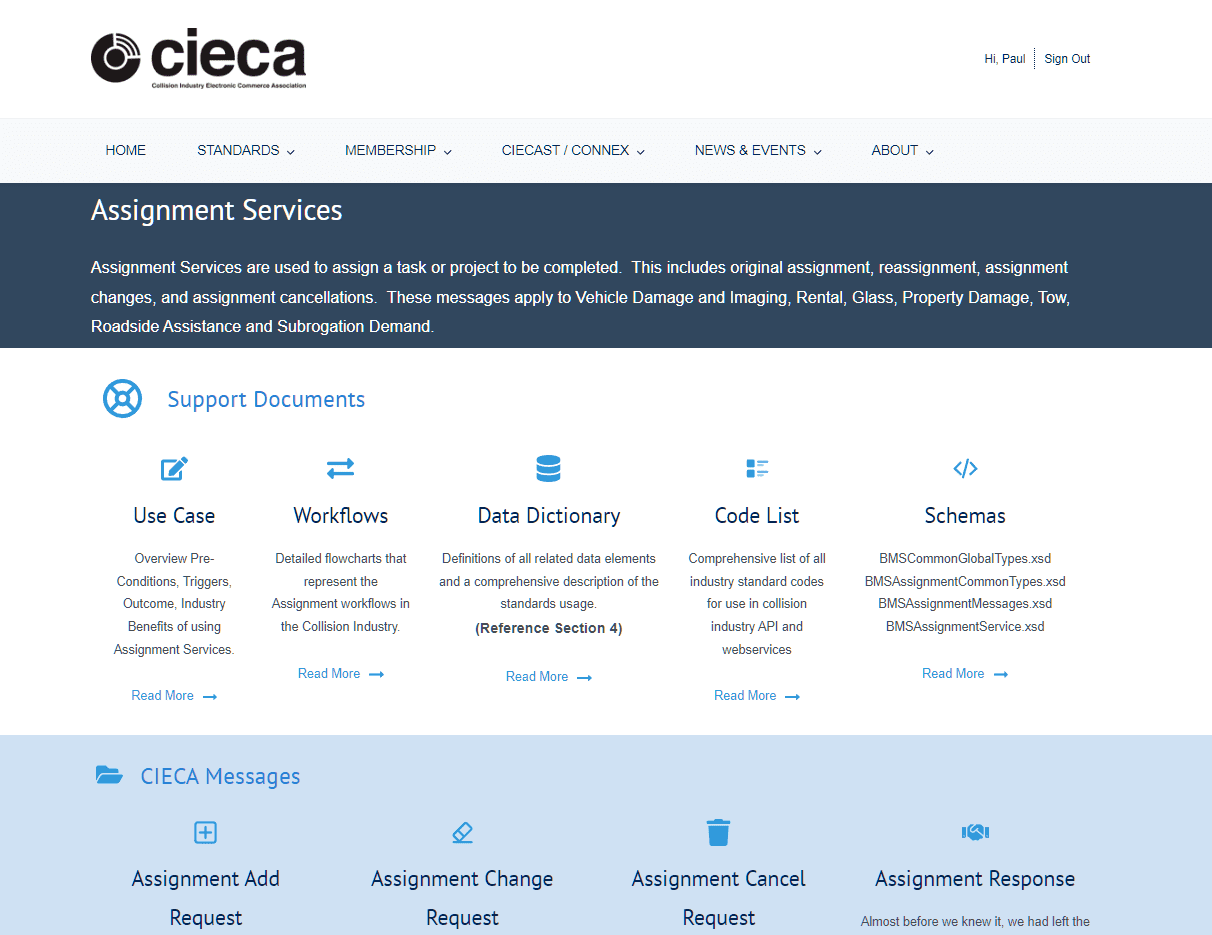
Support Documents
All CIECA Standards are organized by the use case they support. Within each one, there are detailed instructions and information about the purpose of the use case and how businesses use it, which are supported by industry-standard workflows, schemas, codes lists and Implementation Guides. Below are details about how each use case is structured.
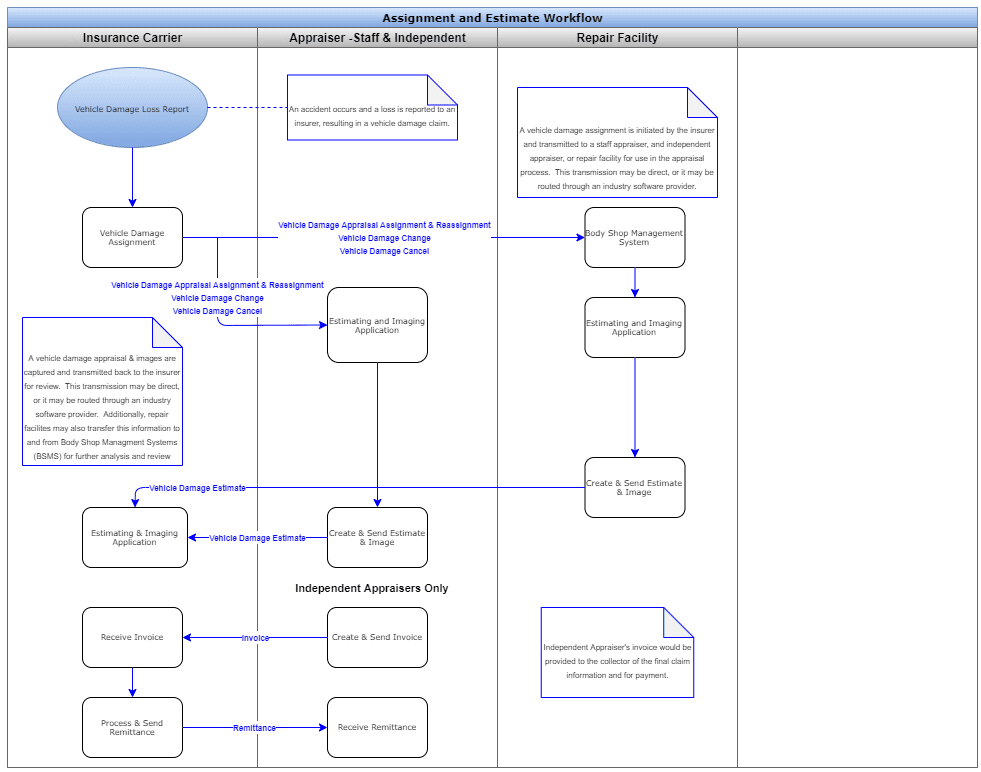
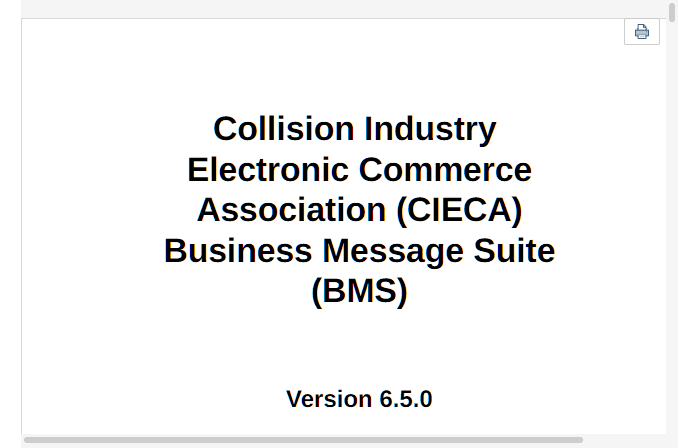
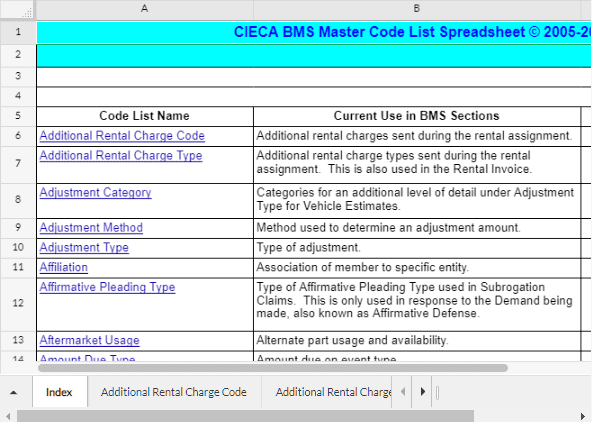

CIECA Messages
